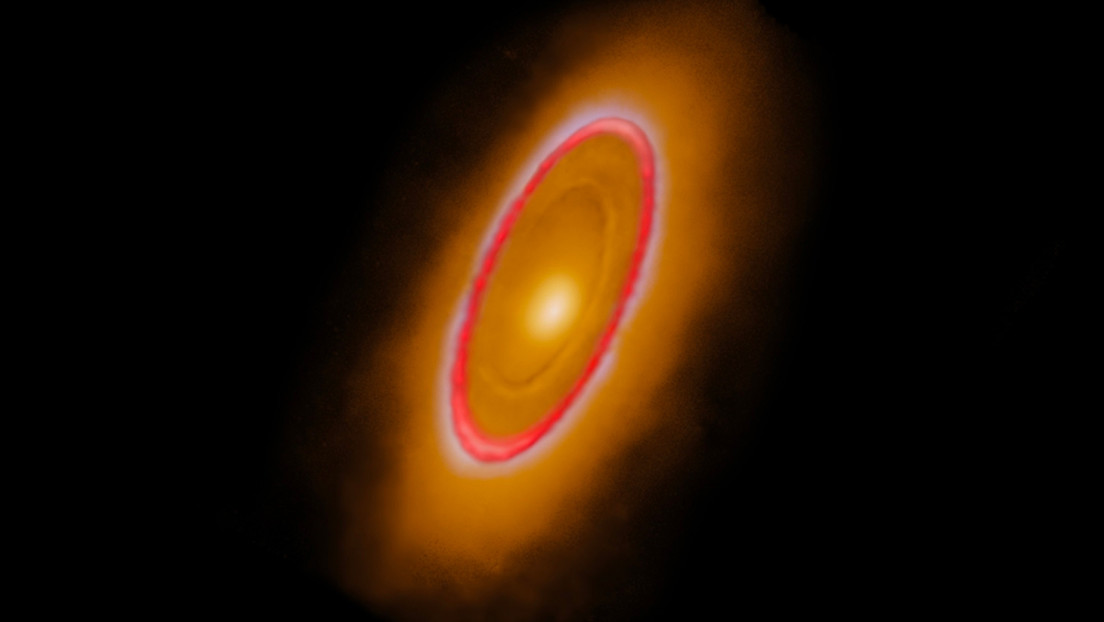
A US team of astronomers has discovered another belt of dust and a huge cloud of debris around one of the brightest and closest stars – in astronomical terms – to Earth, according to a study published Monday in the journal Nature Astronomy.
Using high-resolution images captured by NASA’s James Webb Space Telescope, researchers discovered new features of the 440-million-year-old ‘young’ star Fomalhaut, which lies at a distance of 25 light-years from our planet.
Fomalhaut was known to be surrounded by an inner and outer ring similar to our solar system’s Kuiper belt (a ring of icy bodies beyond Neptune). However, the new images revealed that there is also an intermediate belt, which would likely be “guided by a non-visible planet.”
Meanwhile, inside the outer ring a large cloud of debris has been detected, which would have originated as a result of a collision between two protoplanetary bodies.
Dust belts are made up of debris resulting from collisions of larger bodies, similar to asteroids and comets. “It is very likely that the three belts are carved by gravitational forces produced by embedded and hidden planets,” said the study authors, who believe Fomalhaut would host a complex and dynamically active planetary system.
SOURCE: RT/ESP
